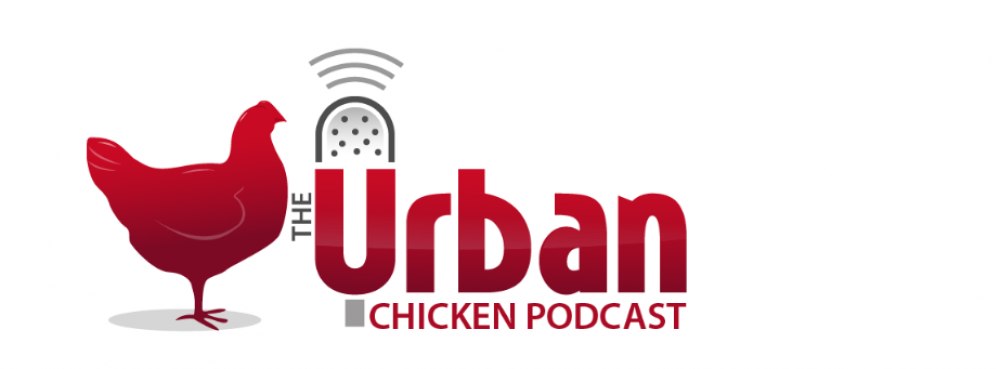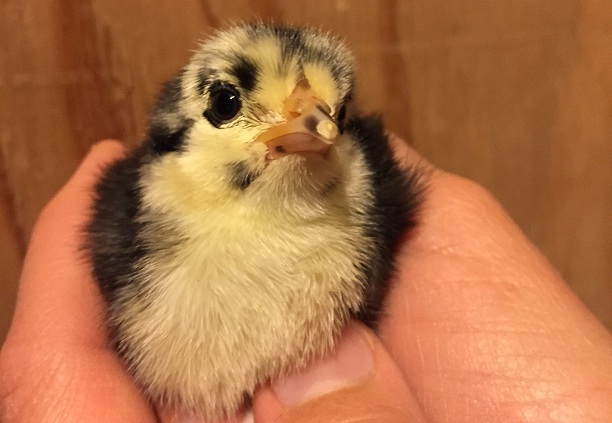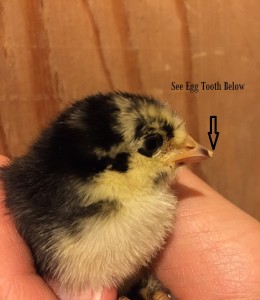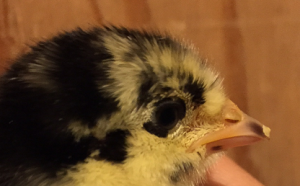The ability for birds to develop teeth was lost approximately 70-80 Million years ago. Yet all birds are born with what is called an “egg tooth.” Though called a tooth the egg tooth is actually a horny protrusion of harden skin found at the tip of the chick’s beak. The egg tooth is shaped in a point and is an essential part of the gestation process.
When the time comes for hatching (which is 21 days in chickens) the chick’s beak and nails are too weak to crack open its shelled-home from within. The egg tooth is especially designed to allow the chick to cut through the egg’s internal shell membrane and crack a small opening in the outer shell. This initially process is called “pipping” the egg. Once the small hole is pipped through the outer shell, the chick begins breathing air directly from the outside world. The chick rests at this stage of hatching for 3-8 hours using this time to acclimate its lungs to the outside atmosphere. It is critical that one not give in to the temptation to “help” the chick finish cracking open its shell. This resting period is crucial in the bird’s development and prematurely rushing the process can compromise the health and well-being of the bird. Let nature take its course in its own time frame.
After the resting stage is completed, the chick begins to slowly rotate inside of the egg. As it turns (usually counter-clockwise) the egg tooth is used to chip away at the shell in a line. When the chick has completed a ¾ turn inside the egg, the baby bird then pushes on the cut cap of the shell. It will usually take close to an hour of feverish pushing and struggling for the chick to push the cut cap off the end of the egg and emerge from the shell. The newly hatched chick is completely wet and exhausted at the end of the ordeal.
The egg tooth, now superfluous to the hatched chick’s needs, will simply fall off of the beak in a matter of a few days.
SUPPORT THE URBAN CHICKEN PODCAST:
- Support the Urban Chicken Podcast by shopping Amazon starting here: Amazon
- If Amazon is not your thing – you could also support the show HERE



